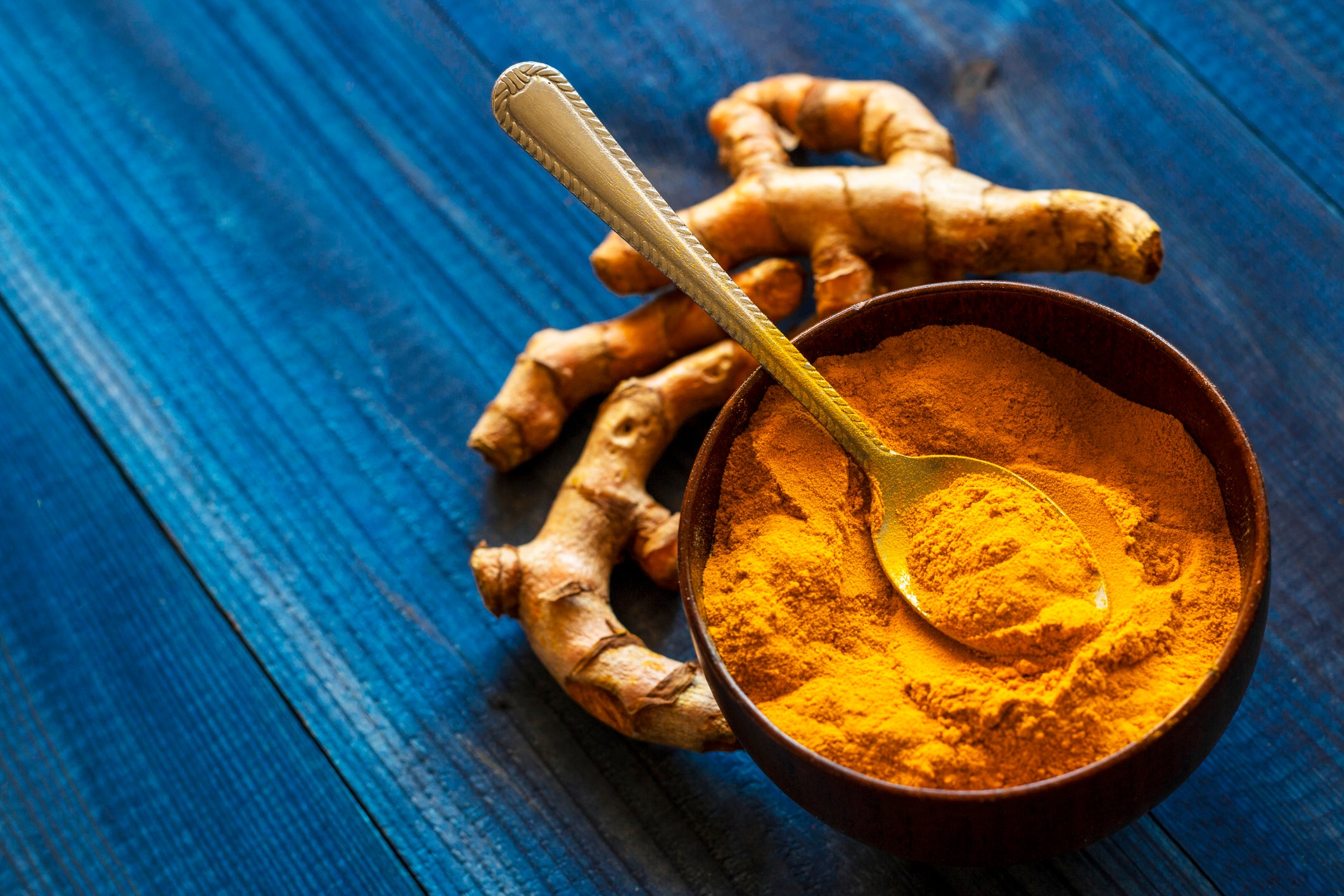Curcumin is one of the most popular supplements. In fact, a 2020 survey of almost 10,000 people showed curcumin as the seventh most popular supplement behind D3, magnesium, fish oil, CoQ10, multivitamins, and probiotics.
If you’ve read our blogs for a while, you’ll know that we like curcumin. And you’ll also know that we like it because curcumin is the best natural molecule at turning off the NF-kB pro-inflammatory pathway. If your NF-kB is turned on and high, then you can experience those aches and pains in your joints. This is why this pathway is the target and “holy grail” for so many pharmaceutical companies.
So, taking curcumin should help your joint pain, right? Well, it’s not that easy. Curcumin is lipid soluble. This means that less than 0.5% of what you swallow gets through your gut barrier with even less getting past your liver and into your blood stream. In fact, it takes 9 grams of curcumin to be able to see amounts in the nanograms in your blood (1 milligram = 1 million nanograms).
Given this, many companies have worked on making curcumin more bioavailable, or available to your cells. A study in 2018 from a researcher out of the University of Rhode Island compared 11 bioavailable curcumin formulations. We recently compared the best brand reported in this study to CurcElite.
First morning void is collected, and 1.8 grams of curcumin are taken. Four hours later, the second void is collected. Urines were spun and fluorescence measured exciting at 430 nm and emitting at 530 nm. The fluorescence of first void is subtracted from the second void and displayed on the graph.
In Figure 1, you see that CurcElite has higher curcumin in the urine than the leading brand. The amount of curcumin in the urine to get the fluorescence is approximately 1.6 micrograms per mL for the baseline, 14 micrograms per mL for the CurcElite, and 0.96 micrograms per mL for the leading brand.
The issue is that the amount of curcumin in the urine of the leading brand is not above the background “noise” fluorescence, so it is difficult to say how many times more bioavailable CurcElite is than the leading brand. But it’s at least 14 times more bioavailable which translates into 14 micrograms of curcumin per mL of urine.

But what about functionality? Did the inflammatory markers drop? Yes and no. We measure IL-6, which is closely related to NF-kB using the ELISA method. The leading brand increase pro-inflammatory markers by about 7 times, while CurcElite dropped inflammation by 30% over 12 hours.

So, the massive increase in IL-6 is surprising. This amount of inflammation is what you would see from someone who is very, very sick. One potential reason why this occurs stems from how the leading band gets curcumin through the gut barrier. It uses a detergent called Polysorbate 80 or Tween 80. Polysorbate 80 is a synthetic solvent used as an emulsifier in foods such as conventional ice cream that makes it smoother and allows it to hold its shape as the ice cream melts. This detergent could agitate the gut barrier, similar to how piperine found in black pepper is used to make curcumin more bioavailable.
Regardless of the mechanism, the “leading brand” in terms of bioavailability acts in the opposite direction of how we want our inflammatory markers to go. A 30% drop in inflammation from CurcElite, on the other hand, is a large enough drop so that you can feel the difference.
We purposely left out the name of the “leading brand,” so they don’t sue us. If you want to know what the leading brand’s name is, click on the study link above that will take you to PubMed.
And if you want to try CurcElite, we currently have a sale on it where you can save up to 25% with a subscription. Click here to learn more.







2 Comment
Hello, can you explain how CurcElite is absorbed better based on this urine test? From my understanding, urine expels everything the body did not absorb.
———
BrocElite replied:
Great question! Curcumin is very hard to get through the gut barrier. This means that most curcumin stays in the gut and is, therefore, expelled in feces. If curcumin does pass the gut barrier, it can impact the entire body, so getting it into the body is our main goal. Any curcumin that makes it through the gut barrier and into the bloodstream does it’s job and is excreted in the urine, thus demonstrating that CurcElite does indeed cross this barrier and explaining why it’s so effective. To clarify, urine and feces do excrete things the body no longer needs, but this does not mean that those things were not also used by the body. In this test, we administer large amounts of curcumin on purpose to demonstrate that CurcElite crosses the gut barrier. Thanks for asking!
This is great because piperine also blocks a critical detox pathway in the liver so I avoid supplements with black pepper extract. But just to clarify, CurcElite does not contain piperine or any other carriers that would irritate the gut lining, correct?
———
BrocElite replied:
Hi Radha, thanks so much for this comment. You are correct. We created CurcElite because at the time there was not a bioavailable curcumin supplement that did not irritate the gut lining and did not contain piperine/black pepper. This is why we’re so excited about CurcElite!
Would you email me at partners@mara-labs.com so I can send you some additional information?
Thanks!